Developer's Log - May 2022

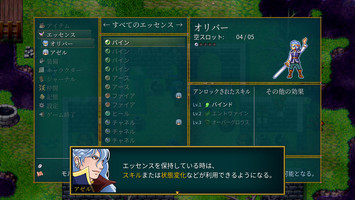
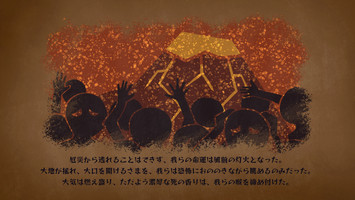
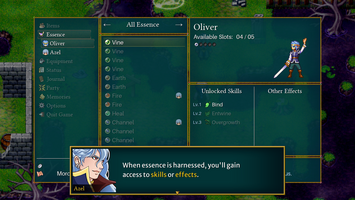
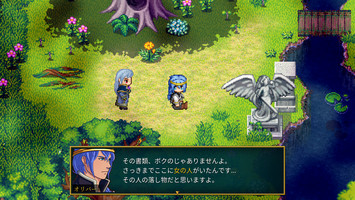

Hello everyone,
First off, I'd like to apologize for the delay on this developer's log and reporting on the game's progress. It has been two months since the last formal report, and a couple of weeks since I've shared any visual progress on the game's twitter account (which is far too long).
While a lot certainly happened since then (Japanese translation of the demo comes to mind), many of you have been excited for the game and are likely expecting to hear more about how it is coming along.
I've had some personal setbacks, which are unfortunately a natural occurrence as a solo developer. I will get into more detail in the "Roadmap Update" section of the log.
For now, let's see how things are coming along with the game, with some development progress.
Japanese Translation of the Demo
I'd like to take a moment to speak a little more in-depth regarding the Japanese translation of the demo, which occurred through most of March and April.
Back in March, I had an opportunity for the demo to be translated to Japanese. Translation was something I was not considering until the game was done, so the decision was a bit sudden. But as cliche as it is, I have always wanted to see the game in Japanese some day. Given Legends of Astravia's inspiration from other Japanese RPGs and media, I decided to go forward with it.
From a development and production standpoint, this was objectively a bad decision. It resulted in me losing over a month of development time better suited for the final product in English, and may even result in the game being delayed. And I feel that some English players who have been following the project for a long time may be frustrated by this. For that, I apologize.
But at the same time, I do not regret it. I think it was a very good experience for me as a developer, as I learned so much about the localization and language integration process. It allowed me to better understand the scope of such things, so I can properly estimate the financial and time cost of them in the future.
I'll talk about the process a bit, mainly a few of the things I completely underestimated and why it took me so long. I think this will help understand why proper updates on future content have been sparse, and may also help my fellow developers who are considering Japanese translation realize the scope of such an undertaking.
Below is a rather long technical discussion about the translation process. Click here to skip to the remaining updates about the game.
Preparation
Game translation is not simply handing a document full of game text to someone and getting the translation in return (if you have a translator who promises this is all it takes--be wary!). It is a multi-step process with a lot of communication, and generally requires a lot of proper notes and information for the translator(s) handling the project. And, once the translation is done, it all needs to be added to the game, then tested and modified along the way.
I had the pleasure of working with a very talented translator, Obatatsu(S.N.), who took a lot of care with the translation. They also managed the Localization Quality Assurance process while providing me guidance. I think the resulting Japanese demo came out wonderfully as a result.
First, because I work in RPG Maker, I had to ensure the game text was in a manageable format (in this case, a spreadsheet). Thankfully, the game already utilizes a "Localization" plugin that had most of the game's text in an external file. The work involved with breaking that text out of the editor can stack up very quickly, and I probably wouldn't have considered it if it already wasn't done.
Next, I had a document full of notes regarding context for the story, the characters personalities, and various "in world" language that was used. It is important to consider that certain aspects of your native language may not exist in the language you are translating to, or they may require more context and complexity. Thankfully I already had some basic understanding of Japanese, but even with that, there was a lot of extra information needed about the world and certain story elements.
In the case of an RPG, careful consideration was needed regarding the database and interface too. It is not just the character dialogue that needs to be translated. Character names, item names, item descriptions, menu elements, overworld exploration... these are all things that need to be translated. I quickly found during the process that even in my prior preparation, I had tons of hard-coded strings in the battle system, etc. that needed to be pulled out of the engine and made available to translate.
Once I received all of the game text from the translator, I began the integration process. It is worth pointing out there are often entire dedicated teams that handle such things, and after over a month of work integrating a translation for only 1 hour of game, I quickly understood that fact.
Text Length
Text length is something that trips up most developers doing an English -> [Insert Language Here] translation. I told myself I was prepared, but a lot of it still really caught me off guard.
My understanding of Japanese was that you could portray a lot more in a sentence with less characters. And while that may be true, Japanese (and Chinese and Korean, by the way) characters render approximately 1.5 times the width of Roman/Latin ones. Such fullwidth characters can quickly cause a text overflow problem.

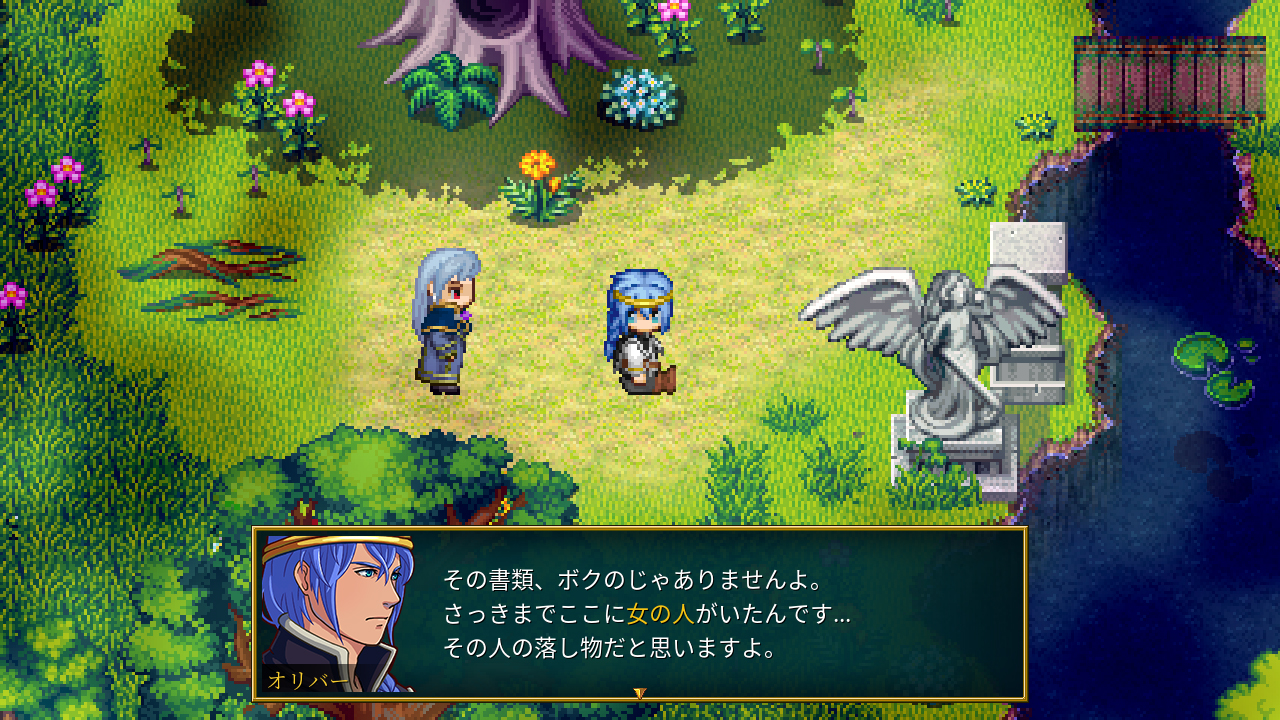
I found that I became very close to requiring an extra textbox for certain scenes of the game, but thankfully did not get to that point. Most of the textboxes in the demo were only 2-3 lines in length, which quickly became 3-4 in the Japanese version.
Another observation to make here is that Japanese text does not have spaces. If you have a script that automatically generates line breaks based on spaces, it will quickly fall apart when translating to a language that does not have them.
For dialogue, I manually added every linebreak in Japanese. This required a reasonable understanding of how Japanese sentences are structured, and took me a lot of time. In the future, I think I would work a little closer with the translator on this, and have a special set of guidelines for maximum line length.
Fonts and Typesetting
When rendering in different languages, not all fonts support CJK (Chinese Japanese Korean) characters. I had to choose several different fonts for various aspects of the game, since Astravia uses different fonts for headers, text, UI and even cutscenes.

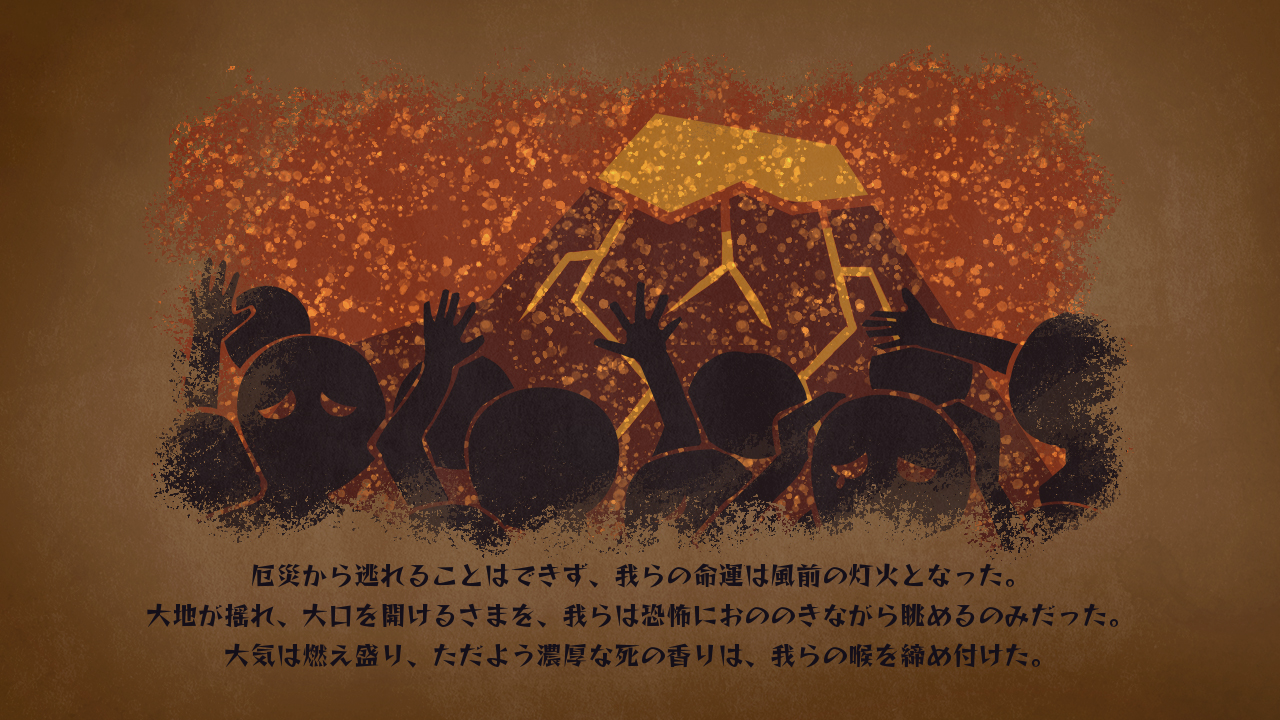
While it was a lot of fun to pick out interesting fonts in Japanese, this was yet another layer of scope added to the process.
User Interface
Lastly, the User Interface elements. Similarly to dialogue text length, the user interface can suffer from having too little space. And unfortunately, an extra text box can't just be added.
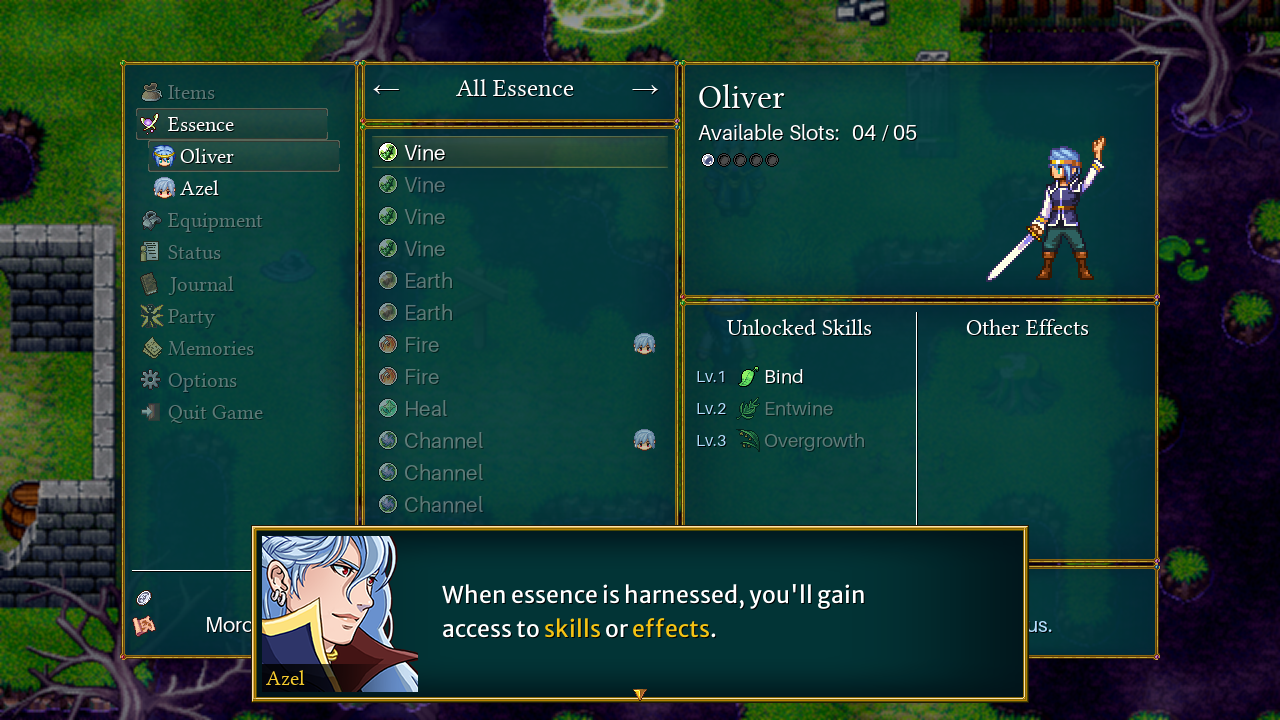

I had to create many special exceptions for how text was managed, especially in the battle system. Because the word order is so different in Japanese, the way I substituted certain action text had to be changed, too.
While I could continue to discuss so many aspects of the process, I think that is enough detail for this log. It was really a joy to learn about, and I have so much respect for translators and people involved in game localization.
But perhaps this helps paint a picture of just how involved the process was, and why it took such a large chunk out of development progress.
My hope for the future is that I can garner the budget and resources to have the rest of the game in Japanese. As arduous as the process was, it is really rewarding to see how the characters and story became reflected in that language, and for that, I'd go through it again.
However, priority will remain on completion of the rest of the game (in English!) in the meantime.
Core System Adjustments Based on Demo Feedback
This past month, I was able to get some work done on the battle system's core based on feedback I received regarding the demo. I will continue to make such adjustments to the final game as both demo and beta testing feedback comes in, but the goal is to really solidify things so I have to change very little for the later half of the game.
Battle Speed & Damage Adjustments
The battle's timer system, while dynamic and interesting, had a lot of flaws. They start to show a little bit in the demo, which some of you may have noticed.
Character speed varied by nearly 2-3x, leading to some characters "lapping" others on the time bar. Depending on how much of the demo you beat, either Oliver and Azel moved so quickly that there was really no challenge at all, or you would get thrashed by lighting-fast bees. It was not a smooth progression.
This would prove problematic to balance in later parts of the game.
The new system is a little closer to a conventional ATB, with each character and enemy having a predictable speed stat, that only varies with enhancements from equipment and essence.
Here's a little comparison, with the current demo at the top, and the revision on the bottom:
Damage got a small rework in the process too, which is something that will likely require more adjustment as time goes on. I want to ensure that battles have a little more depth to them than just casting a spell to win.
I've spent many hours in a spreadsheet, tweaking formulas and testing outcomes.
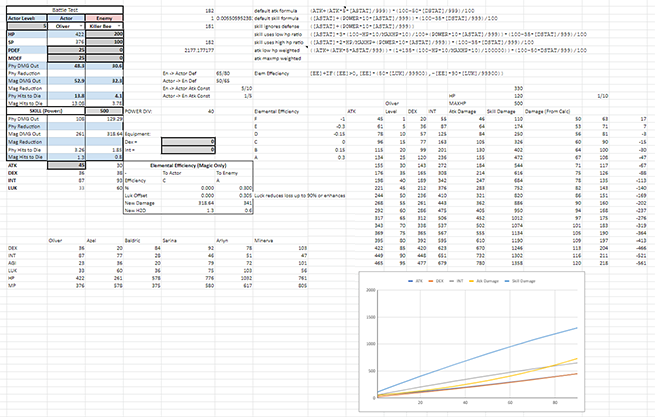
It is very close to where I want it to be, and the changes will be in the next beta version to test out.
Enemy Drop Rates
While working in the battle system, I also fixed a problem with enemy drop rates. Apparently, the drop table is rolling twice during the demo, which is why the demo ends with an inventory of about 30000 mushroom caps. Whoops!
I took the time to also extend the range of rarity. So now, items have the capacity to drop as rarely as 1/1000 battles instead of just 1/100.
Content Progress - Mordin Village
Something that I was eager to showcase this month was visual progress for upcoming content. But disappointingly, there is not as much as I hoped to share.
Baldric, and some other NPCs, had their facesets completed. Main characters have many more faces, plus the blink animation, so it takes me some time to draw and prepare them. With this, I can start story and quest development.
[Media deleted: Please check out the dev archive for the game's visual history!]
Mordin Village itself has received a makeover. I was not satisfied with the original structure, which was very chaotic (given it was one of my first maps, this is not a surprise). Here is a very rough work in progress on that:
[Media deleted: Please check out the dev archive for the game's visual history!]
The new jumping / cliff system is in place, and the map was split into two separate ones, separated by the bridge. There is also an extra map, not shown here, that plays into the story.
Lastly, a battle teaser with some new enemies:
[Media deleted: Please check out the dev archive for the game's visual history!]
I wonder what will come of this situation...
Roadmap Update
It is becoming increasingly concerning that I may not be able to meet the Q4 deadline for Chapter 1, and I really used a lot of my development energy maintaining and updating the demo version of the game the past two months.
I'd like to be a little more consistent with progress, so from now on, I will return to monthly developers logs. As it stands, the next beta wave, due for this month, is now due to be ready in July.
But I want to be honest and say that the end-of-year deadline for Chapter 1's release is looking less and less probable. I don't want to throw in the towel just yet, so the "Q4 2022" will remain on the Steam page. However, within the next couple of months, if I cannot pick up the pace on development or get funding, I will need to delay the release further.
I will be sure to keep you all up to date on this process, and I'm sincerely sorry for those of you who have been waiting so long and are eager to play the game.
Your patience, understanding, and support even as I struggle to maintain a balance of managing my daily life and health while developing this game means a lot. I hope to have more to share with you soon.
That's all for now. If you've read this far, thank you so much! I look forward to next month's report.
-Jaiden
Get Legends of Astravia
Legends of Astravia
Charming retro RPG where you journey across a world of magic to reconstruct the fragments of your past.
| Status | In development |
| Author | Studio Alemni |
| Genre | Role Playing, Adventure |
| Tags | 16-bit, 2D, Fantasy, JRPG, Pixel Art, RPG Maker, Singleplayer, Story Rich |
| Languages | English, Japanese |
| Accessibility | Color-blind friendly, Subtitles, Configurable controls, Interactive tutorial |
More posts
- Honest Update - August 2025Aug 21, 2025
- 2025 Spring Devlog & Early Access DetailsApr 28, 2025
- 2024 Year-End SummaryJan 10, 2025
- Quick Check-In: October 2024Oct 10, 2024
- Developer's Log - July 2024Aug 23, 2024
- Legends of Astravia's New Demo is Now Available!Jun 24, 2024
- Legends of Astravia Demo Available on Steam!May 30, 2024
- Developer's Log - February 2024Mar 15, 2024
- Developer's Log - January 2024Feb 09, 2024
- 2023 Year-End SummaryJan 08, 2024
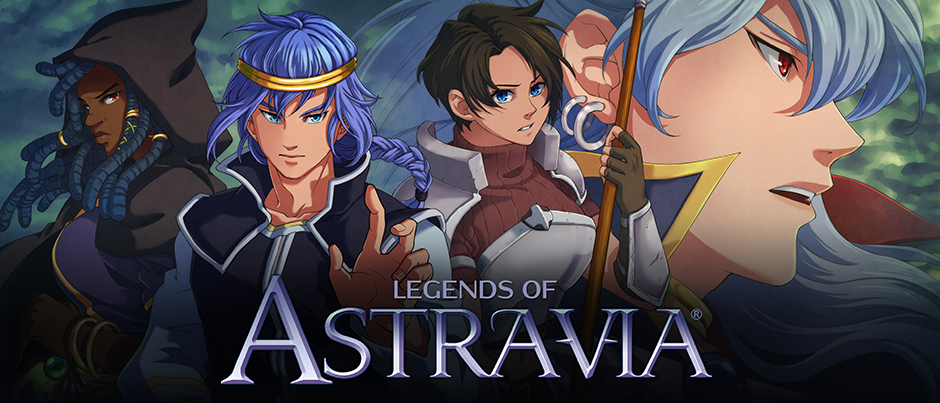
Comments
Log in with itch.io to leave a comment.
Sometimes you gotta delay and that's okay!! As a solo dev, you are your best asset and you don't wanna burn yourself out. I can't wait to see Chapter 1 when it's fully released, but make sure to take care of yourself first!
Thank you so much!